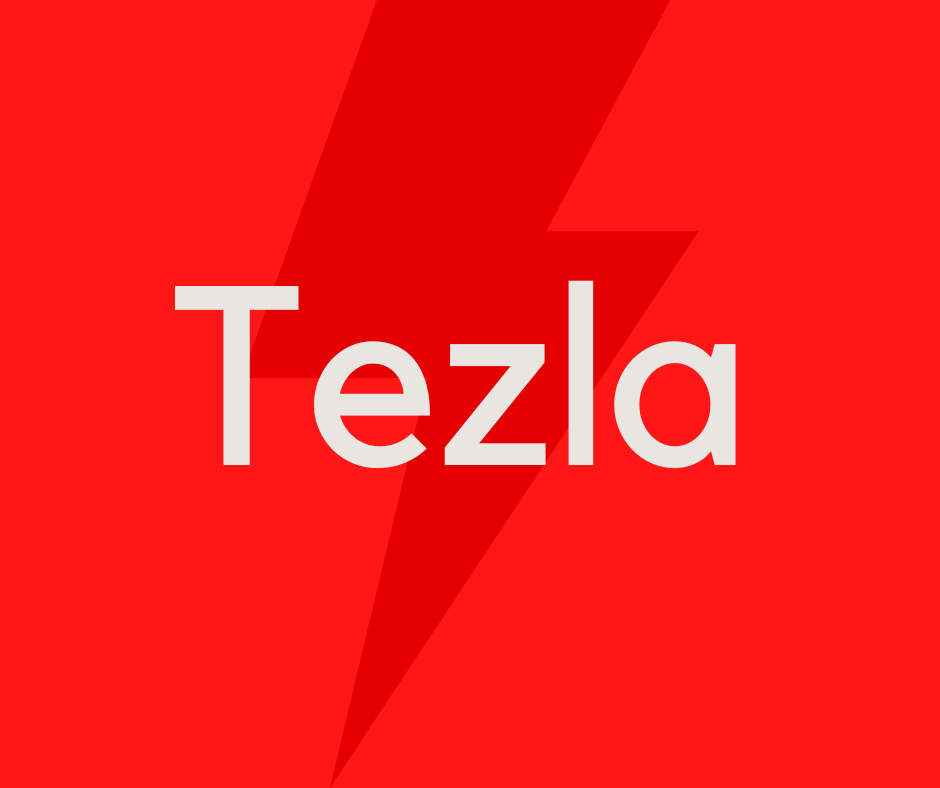Small Data Can Be More Revealing Than Big Data
- MOHD EZLI MASHUT
- Oct 25, 2023
- 3 min read

By : Mohd Ezli Mashut & ChatGPT
In the age of information, data has become the lifeblood of decision-making. We often hear the buzz about "big data" and its seemingly boundless potential to revolutionize industries and reshape the way we understand the world. But, in the midst of this data deluge, it's worth recognizing that "small data" can be just as revealing, if not more so, than its colossal counterpart.
In this blog, we will explore why small data can provide clearer insights into human behavior and why big data, while powerful, can be overwhelming and difficult to interpret.

The Allure of Big Data
Big data, with its vast and varied sources, is undoubtedly impressive. It encompasses massive datasets from social media, e-commerce, sensor networks, and more, offering the promise of unveiling hidden trends and patterns. The appeal of big data lies in its potential to analyze large-scale phenomena, from global economic trends to public health outcomes.
However, the very magnitude of big data can pose significant challenges:
1. Complexity
The sheer volume and diversity of data make it challenging to process and make sense of. With numerous variables and dimensions, it's easy to get lost in a sea of information. As a result, interpreting big data often requires advanced analytical tools and a deep understanding of data science.
2. Noise
Big data is rife with noise, which can obscure meaningful insights. Incomplete, inaccurate, or irrelevant data can lead to misleading conclusions. Separating signal from noise is an ongoing struggle in big data analysis.
3. Privacy Concerns
As big data often involves personal information, navigating the ethical and legal aspects of data collection and use can be complicated. Balancing the quest for insights with the need for privacy and data security is a constant challenge.
The Virtue of Small Data
In contrast to the grandiosity of big data, small data focuses on a more modest scale. It typically involves a limited dataset, often collected through qualitative methods, surveys, interviews, or observations. While it may lack the grandeur of big data, small data has several advantages:
1. Manageability
Small data is, by definition, more manageable. With fewer data points and variables, it is easier to clean, analyze, and draw meaningful conclusions from. This makes it accessible to a broader range of professionals, not just data scientists.
2. Contextual Understanding
Small data excels at providing context. It delves deep into specific situations, allowing for a more nuanced understanding of human behavior. This context is often crucial for decision-making because it sheds light on the "why" behind certain actions.
3. Actionable Insights
Small data is often more actionable. The clarity it offers enables organizations to make informed decisions and implement changes more effectively. This is especially important in fields like user experience design, marketing, and product development.
The Power of Synergy
Rather than pitting small data against big data, the ideal approach involves using both in a complementary manner. Small data can help frame the questions and hypotheses for big data analysis, providing a deep understanding of specific behaviors and motivations.
Big data, in turn, can confirm, refute, or expand upon small data findings by analyzing large-scale trends and patterns.
In conclusion, while big data continues to transform the way we approach decision-making and problem-solving, it can indeed be overwhelming and challenging to interpret.
Small data, on the other hand, offers clarity, manageability, and a deeper understanding of human behavior. By leveraging both types of data, we can harness the power of synergy, making our insights more profound and our actions more impactful.
In the end, it's not about the size of the data but the wisdom with which we use it that truly matters.




Comments